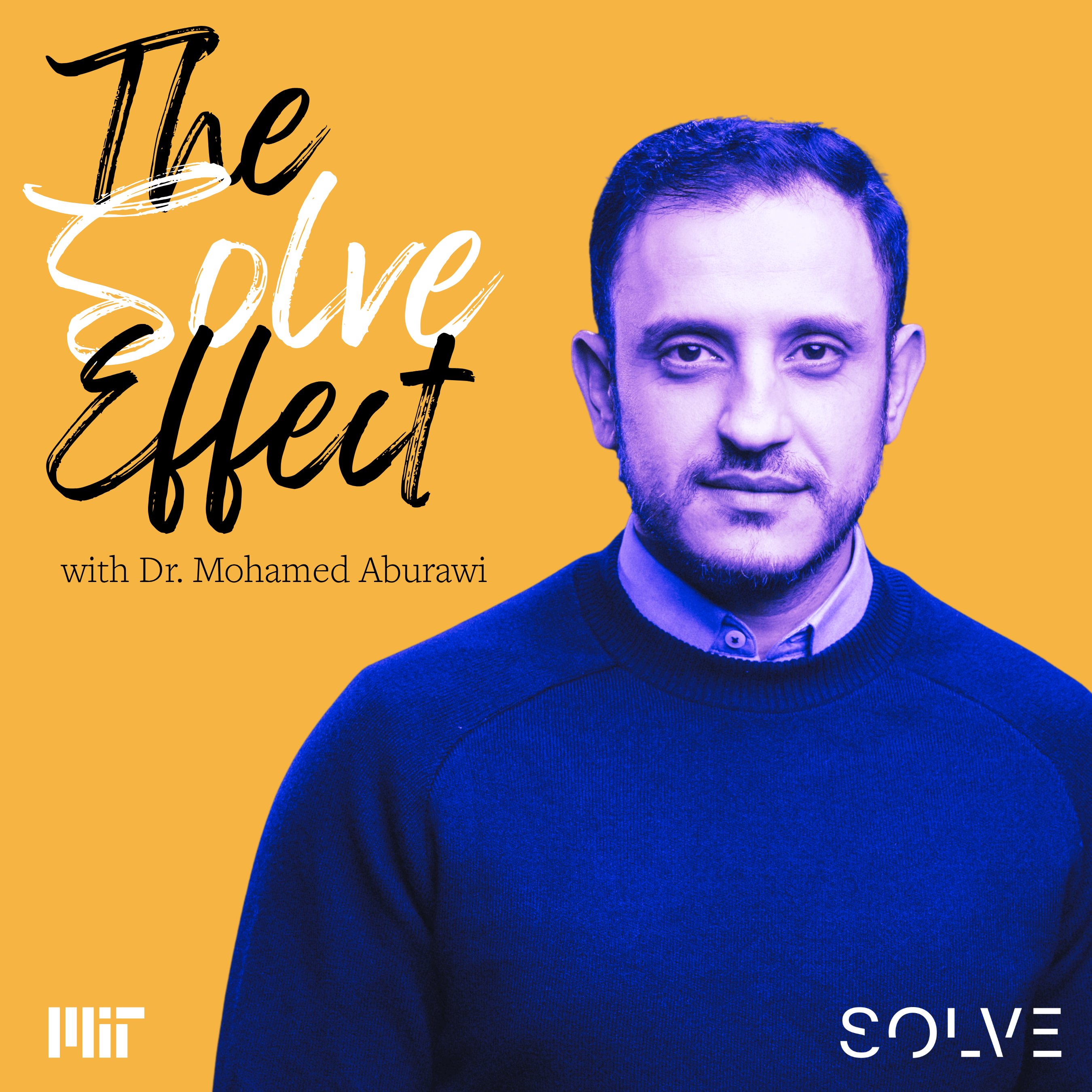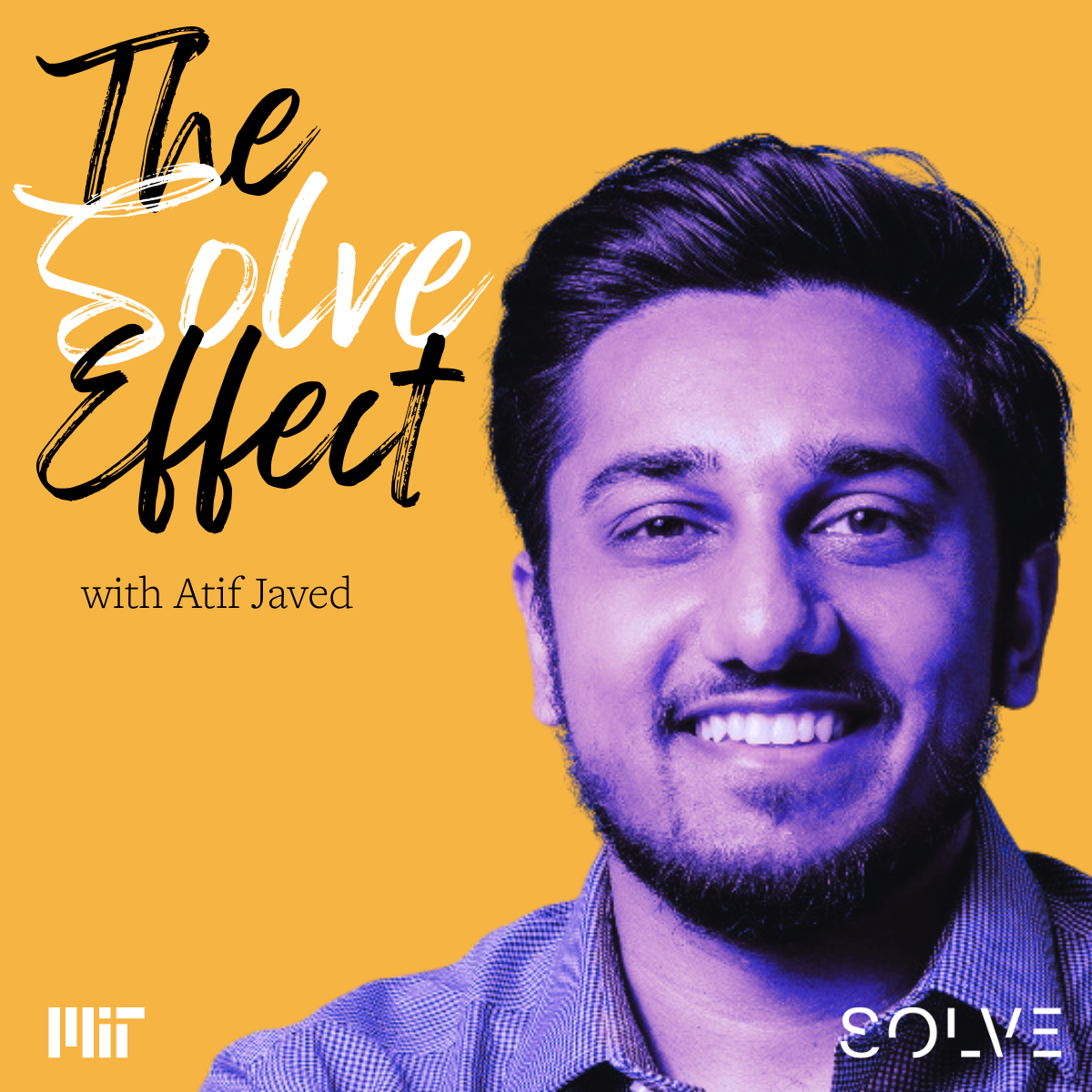
Solver Partnership Case Study: Revamping Urban Spaces to Reduce Gun Violence
At Solve Challenge Finals 2019, Shape-Up was selected as a Solver and awarded the $100,000 Everytown for Gun Safety Support Fund Prize. Since the live pitch event, these two organizations have worked together closely to address gun violence in urban areas. Learn about their partnership in this Q&A.
Tell us about Shape-Up—what makes this solution unique?
Jonathan Jay: Shape-Up is a platform that helps cities prevent gun violence by fixing up neighborhood spaces. Revamping deteriorated urban spaces, like vacant lots and abandoned buildings, can reduce nearby gun violence by up to 39 percent. This work is affordable, and most cities already have the resources available to do it. The problem is, cities don’t know which areas to prioritize. Shape-Up shows cities where their cleanup efforts will have the biggest impact on gun violence, using AI, aerial imagery, and resident reports of problems such as overgrown lots and broken streetlights.
Nick Suplina: Research shows that this intervention strategy—known broadly as crime prevention through environmental design (CPTED)—can save lives while improving local health outcomes. Through its technology, Shape-Up helps direct precious public resources to the areas most susceptible to gun violence—elevating CPTED as a beneficial solution while allowing local stakeholders to make more informed decisions about where to take action.
What do you wish everyone knew about gun violence prevention?
JJ: The general public tends to overestimate the role of mass shootings in America’s overall gun homicide problem. However, the vast majority of fatal shootings have one or just a few victims, and they happen daily in our cities, predominantly in racially segregated neighborhoods. People typically think the solution is more policing—that we need to use force to deter individuals from making violent decisions. But most people don’t realize that many situational factors go into a violent act.
One of the best ways to make neighborhoods safer is to change the context in which individuals decide whether to perpetrate violence. Adding more cops is not necessarily the best way to do this. Instead, reducing the amount of physical decay on a city block is one of the most effective ways to change this context. It has a powerful effect on how residents interact and whether or not the block is conducive to drug selling and other dangerous activities.
Tell us more about your partnership. What’s the impact?
NS: Our goal at Everytown is to reduce gun violence in all its forms. Our gun violence crisis needs comprehensive solutions, and we take a wide range of approaches, from pushing for stronger gun laws to advocating for secure gun storage. Gun homicide is particularly prevalent in and damaging to our cities, and we’ve worked over the past several years to support and amplify life-saving, evidence-based local interventions. Our partnership with Shape-Up builds on this work.
We see an opportunity to put the power and promise of Shape-Up in the hands of advocates working to reduce gun violence in cities across the country, including volunteers with Moms Demand Action, Everytown’s grassroots arm. The Shape-Up-Everytown partnership will be a great example of the life-saving results we can achieve when you bring an innovative intervention to scale.
JJ: And to truly scale, we need the right early partners. Our vision is for Shape-Up to mobilize city agencies that do not typically consider themselves public safety agencies, even though their work directly influences how safe neighborhoods are. Since this is a pretty novel approach, we have a lot to learn about what will actually work for our early partners.
Because of the Everytown prize, Shape-Up has hit the ground running. Prior to the prize, we were still in the conceptualization and design stage. Now we’re actively developing our product and working with our first pilot city, Albany, NY. This partnership means that when Shape-Up is ready, there will be outstanding opportunities to scale: our goal is to expand Shape-Up to three new cities by the beginning of 2021, leveraging Everytown’s network of city partnerships.
Share a partnership highlight.
NS: Shortly after Solve Challenge Finals, we invited Jonathan to present Shape-Up at Everytown. It was incredible to see the level of engagement from our staff throughout his presentation: the event was standing room only, with many people dialed-in remotely from across the country.
It was clear that people were hungry to learn about new, innovative approaches to addressing gun violence in cities and to see what is possible in this space. It sparked a number of new ideas from various departments about ways we can help amplify this tool within Everytown’s work.
Interested in connecting and partnering with our Solver teams? Learn more about joining Solve as a Member.
Tags:
- Membership
- Health
- Partnerships
Related articles
-
A Visionary Healthcare Innovator: Dr. Mohamed Aburawi on Tech, Healthcare, and Impact Investing
In the newest episode of The Solve Effect, Dr. Mohamed Aburawi shares how building in crisis can spark innovation that lasts.
-
Powered by Purpose: E Ink’s ePaper Technology Takes Aim at the World’s Toughest Problems
Because it draws power only when an image changes—and none at all while static—ePaper reduces energy consumption by orders of magnitude. That single breakthrough unlocks net-zero transit signs, off-grid medical notebooks, and other applications that traditional screens simply can’t power sustainably.
-
The Solve Effect Podcast - Episode 4 - A Tech Maximalist: Atif Javed on Human Connection Through Technology
What happens when a childhood experience becomes the seed for a global movement? In this episode of The Solve Effect, host Hala Hanna sits down with Atif Javed, co-founder and Executive Director of Tarjimly, a nonprofit that connects tens of thousands of volunteer translators with refugees and displaced people worldwide.